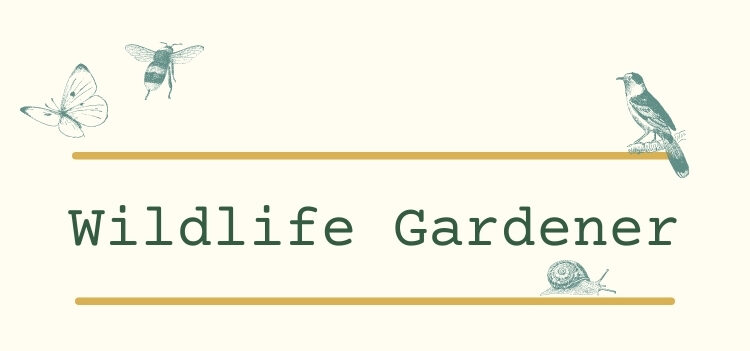So you’ve created a garden that is attractive to birds in that its contents provide them with their 3 basic needs – food, water and shelter. The next stage is to hone your bird watching skills.
Watching Birds In The Wildlife Garden
Firstly, the pleasure you’ll get by watching birds is in being able to identify all the different species that will take up residence or simply pass through your garden. Therefore, you’ll want to get yourself a good bird identification guide. There are many guides out there so it’s a simple case of getting on the internet or visiting your local bookstore to find one that suits you. Naturally, one with very good illustrations and, even better, with actual photographs of the different species are the kind of books to go for.
Binoculars For Bird Watching
Even if you only have a small garden, it pays to invest in a pair of binoculars. This is because some birds can be very small and quite similar to other species so a pair of binoculars will help you distinguish a particular species much better. Prices of binoculars vary tremendously. They can start from as little as £20 right up to £700 and even more for a state of the art pair. If you’re just starting out bird watching, it may be better to opt for a cheaper pair to begin with or shop around for a decent second hand pair.
Improving Your Success At Bird Watching
You should also keep as quiet and still as possible when bird watching in the garden and keep any pets inside the house or you’ll only end up scaring the birds away. In fact, if your wildlife garden’s extremely small, you may need to watch from a window inside. Conversely, if it’s a larger garden, a shed at a distance from where the birds might hear you, can make an excellent ‘hide’ for bird watching with a little modification.
Identifying Birdcalls When Bird Watching
Quite often, you’ll hear certain birds before you even see them and a good way of identifying which species are which is to learn their individual bird calls. There are a number of internet resources which have sound files featuring recordings of different species of bird calls so listen to them over and over again and test yourself on how many you get right. You’ll soon become familiar with the common ones such as the blackbird and the robin but if you can progress to learning many of the others too, it will help you quickly identify the different species of birds not only in the garden but if you decide to venture out into the ‘field’ to go bird watching, too.
Learning About Bird Behaviour By Bird Watching
To the trained bird watcher, it’s plainly obvious that different species demonstrate different types of behaviour. Some are shy whilst others are gregarious. Some birds are timid where others can be aggressive and part of the fun of bird watching is not in simply identifying each species in the wildlife garden but in knowing their behaviour and in looking out for traits which demonstrate their natural tendencies.
Joining a Bird Watching Group
If you become serious about bird watching after observing them in your garden over a period of time, you might care to think about joining a bird watching group. Organisations like the Royal Society for the Protection of Birds (RSPB) and the British Trust for Ornithology are both useful resources for finding out what’s going on, where and when and they should be able to help you locate a bird watching group in your area.
In joining a group, not only will you meet new people with a shared common interest in bird watching where you can exchange useful tips and go out on field trips together, you’ll be encouraged to help support local and national bird watching initiatives to ensure that the conservation of the population of birds which live in or travel to the UK remains healthy to be enjoyed by many generations to come.

